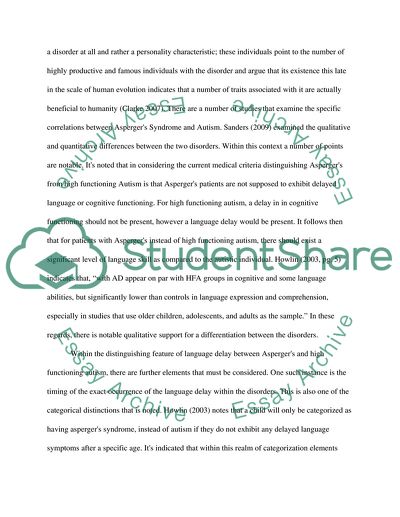Cite this document
(Separating Autism from Asperger's Syndrome Research Paper, n.d.)
Separating Autism from Asperger's Syndrome Research Paper. Retrieved from https://studentshare.org/health-sciences-medicine/1746688-seperating-autism-from-asbergers
Separating Autism from Asperger's Syndrome Research Paper. Retrieved from https://studentshare.org/health-sciences-medicine/1746688-seperating-autism-from-asbergers
(Separating Autism from Asperger'S Syndrome Research Paper)
Separating Autism from Asperger'S Syndrome Research Paper. https://studentshare.org/health-sciences-medicine/1746688-seperating-autism-from-asbergers.
Separating Autism from Asperger'S Syndrome Research Paper. https://studentshare.org/health-sciences-medicine/1746688-seperating-autism-from-asbergers.
“Separating Autism from Asperger'S Syndrome Research Paper”, n.d. https://studentshare.org/health-sciences-medicine/1746688-seperating-autism-from-asbergers.


